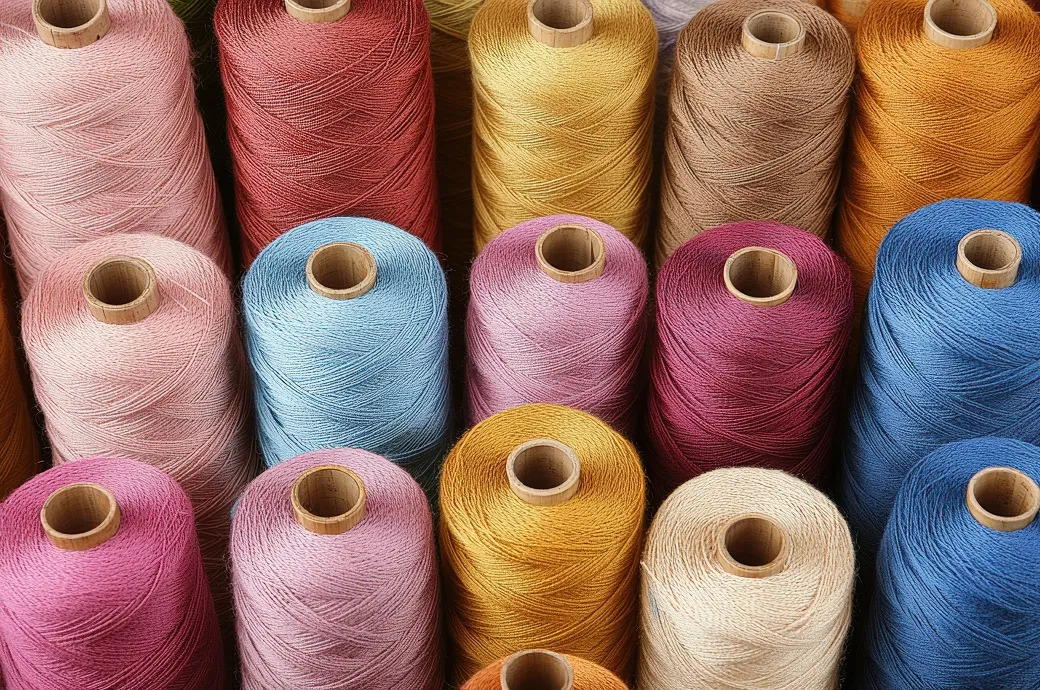Chairman of the Pakistan Apparel Forum, Muhammad Jawed Bilwani anticipated the skyrocketing price of cotton yarn would seriously affect the country’s value added textile exports and increase in yarn prices will ruin the government's efforts to enhance exports and reduce the ever widening trade gap while setting a milestone in export figures. During July-Sep 2017, cotton yarn exports were 1,23,346 metric tons valued at $3,20,942 during the same period of last year where exports were 1,07,122 metric tons valued at $3,06,958 which shows a 15.15 per cent increase in quantity and 4.56 per cent in dollar terms. This reveals that cotton yarn, basic raw material, is exported in huge quantity and at low prices, while the cotton yarn is highly priced in the local market.
He said prices of yarn were rising in the local market following unchecked exports of yarn as the government was providing four per cent duty drawback on export of yarn which discouraged the value addition and value added garment sector. Bilwani said they had proposed to the government that four per cent drawback should be given on indirect exports (local sale of yarn in the domestic market to Pakistani exporters) instead on direct exports to our competitors like China and Bangladesh who will get Pakistani yarn at four per cent less cost than the Pakistani exporters. Four per cent incentive on sale of yarn to Pakistani value added textile exporters (indirect exports) will provide support to the knitting, weaving, processing, denim and home textile export industries and allied industries such as packing and printing, labels, sewing threads, label and tags, hangers, zippers, buttons, belts, inter lining materials and other accessories and associated services sector like logistic providers to earn more foreign exchange through export of value added products. In case, yarn is exported then four per cent drawback should not be provided.
He disclosed, Pakistan’s value added textile sector is reeling under immense pressure of high costs of doing business, rising utility rates and several other problems. Further, huge number of weaving industries has already closed down and spiralling prices of cotton yarn will crucify our exports of value added textile which will lead to further closures of large number of export oriented units.












